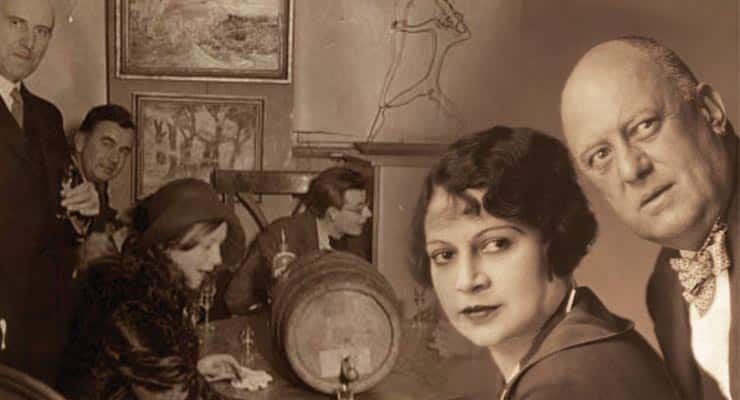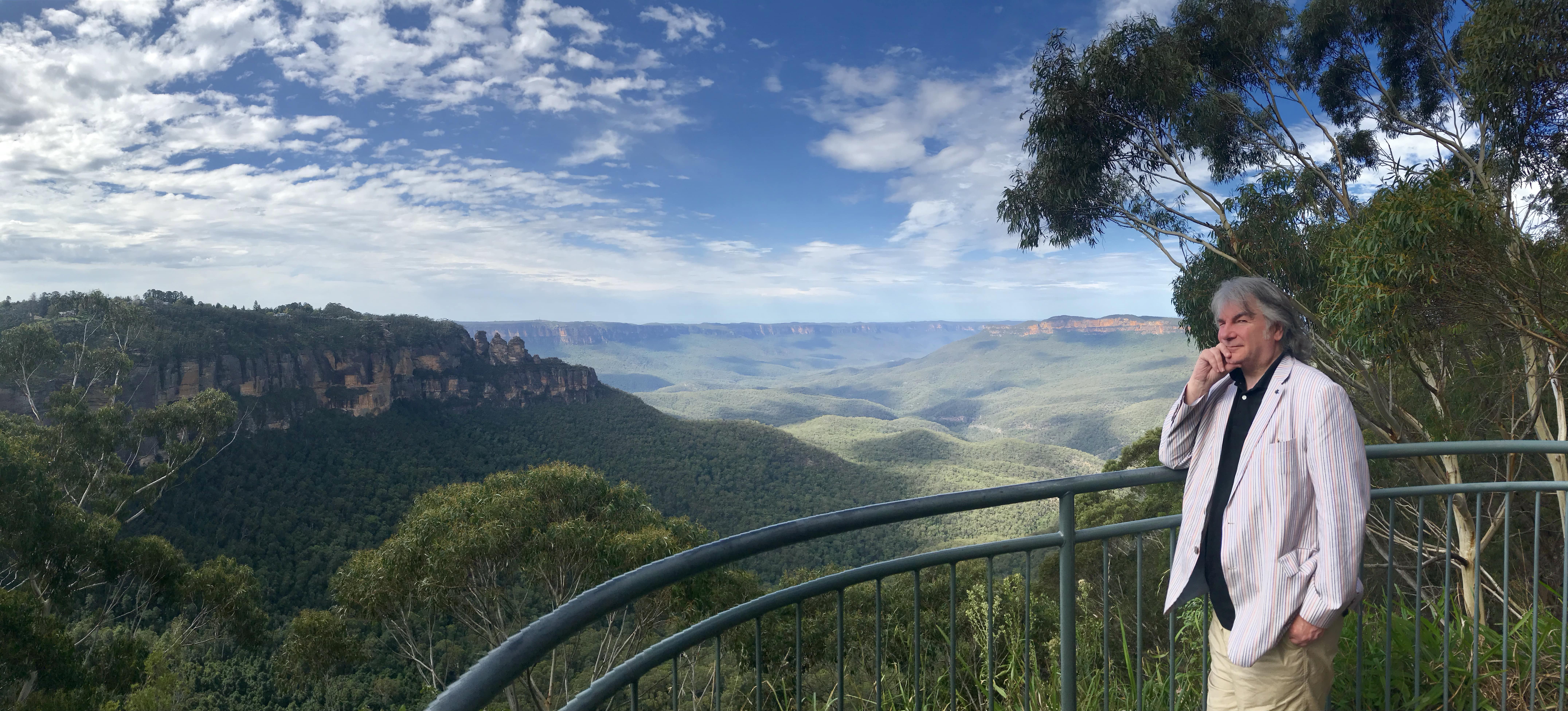
The author demonstrates how the creative hermetic ferment that animated the City of Light in the decades leading up to World War I remains an enduring presence and powerful influence today. He reveals how the work of many masters of modern culture such as composers Claude Debussy and Erik Satie, writers Arthur Rimbaud and Charles Baudelaire, and painters Georges Seurat and Alphonse Osbert bear signs of immersion in the esoteric circles that were thriving in Paris at the time.

He examines the precise interplay of occultists Jos phin Peladan, Papus, Stanislas de Gua ta, and founder of the modern Gnostic Church Jules Doinel, along with lesser known figures such as Saint-Yves d'Alveydre, Paul S dir, Charles Barlet, Edmond Bailly, Albert Jounet, Abb Lacuria, and Lady Caithness. Exploring the magical, artistic, and intellectual world of the Belle poque, Tobias Churton shows how a wide variety of Theosophists, Rosicrucians, Martinists, Freemasons, Gnostics, and neo-Cathars called fin-de-si cle Paris home. Inseparable from this cultural advancement was the explosion of occult activity taking place in the City of Light at the same time.


How fin-de-si cle Paris became the locus for the most intense revival of magical practices and doctrines since the Renaissance - Examines the remarkable lives of occult practitioners Jos phin Peladan, Papus, Stanislas de Gua ta, Saint-Yves d'Alveydre, Jules Doinel, and others - Reveals how occult activity deeply influenced many well-known cultural movements, such as Symbolism, the Decadents, modern music, and the "psychedelic 60s" During Paris's Belle poque (1871-1914), many cultural movements and artistic styles flourished-Symbolism, Impressionism, Art Nouveau, the Decadents-all of which profoundly shaped modern culture.


 0 kommentar(er)
0 kommentar(er)
